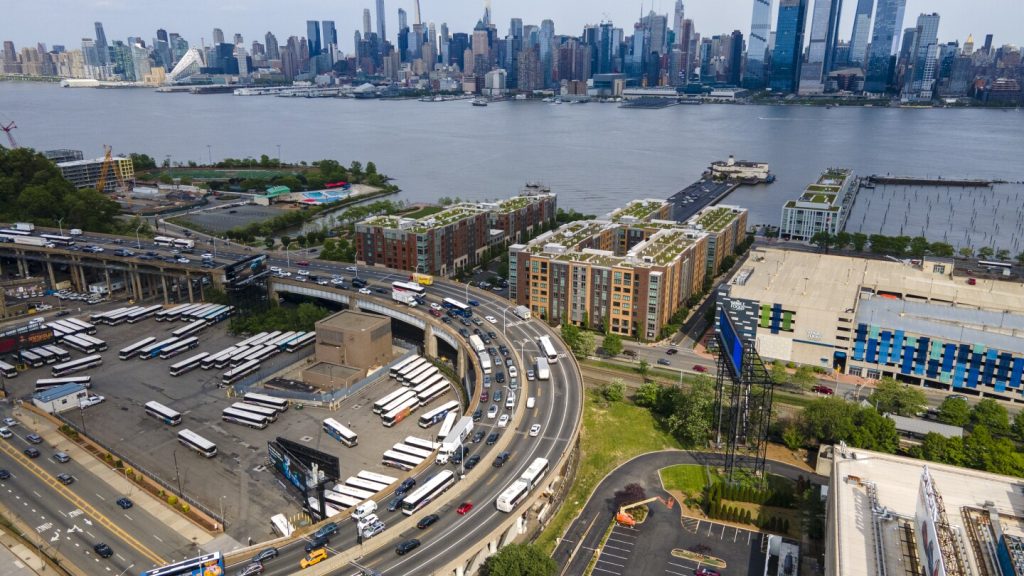The much-debated plan to charge drivers to enter the center of Manhattan is set to take effect on Sunday, following years of bureaucratic and legal challenges. Known as “congestion pricing,” the goal of the plan is to reduce gridlock and pollution, as well as raise revenue for public transit. Governor Kathy Hochul has confirmed that the state will move forward with the implementation of the toll.
Drivers entering the most congested part of Manhattan, south of Central Park, will have to pay a toll that varies depending on the time of day and whether they have an E-ZPass. During peak traffic hours on weekdays and weekends, cars with an E-ZPass will be charged $9, while those without an E-ZPass will pay $13.50. Motorcyclists will pay half of what cars pay during peak hours, while buses and trucks will pay more depending on their size. There are exemptions for certain vehicles and low-income drivers can apply for a discount after paying the toll multiple times in a month.
Passengers in taxis, for-hire vehicles, Uber, and Lyft will also have a per-trip surcharge added to their fares for rides within the Congestion Relief Zone. Congestion pricing has been implemented in cities around the world, including London, Stockholm, Milan, and Singapore, but New York will be the first city in the U.S. to adopt it. The idea has faced opposition from politicians, commuters, and commercial drivers, but has gained support from environmental and public transit advocates who believe it will reduce air pollution and support the public transportation network in the region.
The plan for congestion pricing in New York City has faced various challenges, including delays due to federal environmental reviews and political opposition. Former Mayor Michael Bloomberg first suggested the idea in 2007, and state lawmakers approved the concept in 2019. Despite these challenges, the plan is set to be implemented with a lower fee after Governor Hochul halted the initial plan earlier this year. The plan to charge drivers entering Manhattan has faced opposition from some politicians, including former President Donald Trump, who had vowed to stop it upon his return to office.
The toll for vehicles entering Manhattan will have exemptions for certain vehicles and discounts for low-income drivers. Drivers who have already paid tolls at certain tunnels during peak hours may receive a credit towards the congestion pricing toll. While the plan has faced delays and challenges, it is set to take effect in an effort to reduce congestion, pollution, and raise revenue for public transit in New York City. Supporters believe that encouraging people to take public transportation will have a positive impact on the environment and the city’s public transportation system.


